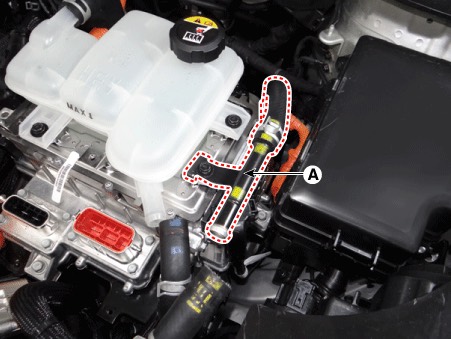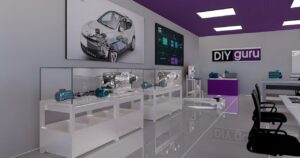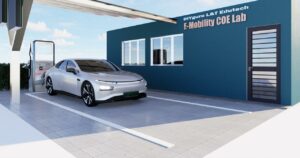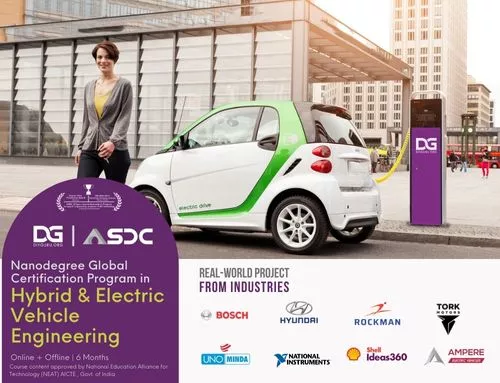Introduction:
Welcome to our comprehensive guide on low voltage DC-DC converters (LDC)! In this blog post, we will explore the fascinating world of LDCs and their significant role in efficient power conversion. Whether you’re an electronics enthusiast, a professional engineer, or simply curious about this innovative technology, you’ve come to the right place. Join us as we delve into the functionality, advantages, applications, and considerations associated with low voltage DC-DC converters. Let’s unlock the potential of LDCs together!
What is a Low Voltage DC-DC Converter (LDC)

A low voltage DC-DC converter, also known as an LDC, is an electronic device that converts a low voltage direct current (DC) input into a different output voltage level. It plays a crucial role in various electronic systems where efficient power conversion is required. LDCs are designed to regulate voltage levels, improve power efficiency, and facilitate voltage level shifting.
How Does a Low Voltage DC-DC Converter Work:

LDCs utilize advanced switching techniques and control circuits to efficiently transform input voltage levels. They typically consist of power semiconductor devices, such as MOSFETs or IGBTs, along with passive components like inductors, capacitors, and transformers. Through a combination of switching and filtering, LDCs convert the low voltage DC input to the desired output voltage level.
Advantages of Low Voltage DC-DC Converters:

LDCs offer several advantages that make them indispensable components in modern electronic systems.
Voltage Regulation:
One of the primary functions of LDCs is voltage regulation. They provide a stable and regulated output voltage, even when the input voltage fluctuates. This ensures reliable and consistent performance of electronic devices, preventing damage due to overvoltage or undervoltage conditions.
Efficiency Improvement:
LDCs are designed for high power conversion efficiency, minimizing energy losses during the conversion process. By efficiently converting voltage levels, LDCs help reduce power consumption, improve battery life in portable devices, and contribute to overall energy savings.
Size and Weight Reduction:
LDCs enable compact and lightweight designs for electronic devices. By efficiently converting voltage levels, LDCs eliminate the need for bulky transformers and power supplies, resulting in smaller form factors and reduced weight.
Voltage Level Shifting:
In many electronic systems, different components or subsystems operate at different voltage levels. LDCs facilitate voltage level shifting, allowing seamless integration of components with varying voltage requirements. This flexibility enhances system compatibility and simplifies design complexity.
Applications of Low Voltage DC-DC Converters:
LDCs find applications across a wide range of industries and electronic devices.
Mobile Devices:
LDCs are essential components in smartphones, tablets, wearable devices, and other portable electronics. They regulate voltage levels to power various components, such as processors, memory modules, and displays, ensuring optimal performance and extended battery life.
Automotive Electronics:
In the automotive industry, LDCs play a vital role in powering various electronic systems, including infotainment systems, navigation systems, advanced driver-assistance systems (ADAS), and electric vehicle subsystems. LDCs provide efficient voltage conversion and help maintain stable power supply in demanding automotive environments.
Renewable Energy Systems:
Renewable energy systems, such as solar panels and wind turbines, generate low voltage DC power. LDCs are used to convert this power to higher voltage levels required for grid integration or to power appliances and devices.
Industrial Automation:
LDCs are widely used in industrial automation applications, including robotics, control systems, and process automation. They provide efficient voltage conversion, helping to power various sensors, actuators, and control circuits.
Key Considerations for Selecting a Low Voltage DC-DC Converter:
When selecting a low voltage DC-DC converter, several factors should be taken into consideration:
Input and Output Voltage Requirements:
Ensure that the converter can handle the input voltage range of your application and provide the desired output voltage level. Consider the voltage tolerances and stability required for your specific application.
Power Conversion Efficiency:
Efficiency is a crucial parameter for power converters. Look for converters with high efficiency ratings to minimize energy losses and maximize overall system performance.
Size and Form Factor:
Consider the size and form factor of the converter. Choose a compact and lightweight option that suits your space constraints and integration requirements.
Noise and EMI Considerations:
Evaluate the converter’s noise and electromagnetic interference (EMI) characteristics. Some applications, especially those in sensitive environments, may require converters with low noise levels and efficient EMI filtering.
Installation and Maintenance Tips:

To ensure optimal performance and longevity of your low voltage DC-DC converter, consider the following tips:
Proper Thermal Management:
LDCs generate heat during operation. Ensure proper heat dissipation by using suitable heat sinks, thermal pads, or fans. Adequate cooling helps maintain optimal converter performance and prevents overheating.
Adequate Cooling:
Ensure that the converter is adequately cooled in the system. Avoid placing it near heat-generating components or in confined spaces that restrict airflow.
Regular Inspection and Testing:
Periodically inspect the converter for any signs of damage or malfunction. Conduct routine testing to verify its performance and ensure it meets the required specifications.
Conclusion:
Low voltage DC-DC converters (LDCs) are essential components in modern electronic systems, offering voltage regulation, efficiency improvement, size reduction, and voltage level shifting capabilities. With applications ranging from mobile devices to automotive electronics, renewable energy systems to industrial automation, LDCs play a pivotal role in efficient power conversion. By considering input/output voltage requirements, power conversion efficiency, size/form factor, and noise/EMI considerations, you can select the right LDC for your specific application. Additionally, proper installation, thermal management, and regular maintenance are crucial for optimal performance and longevity. Embrace the potential of LDCs and unlock efficient power conversion in your electronic designs.























